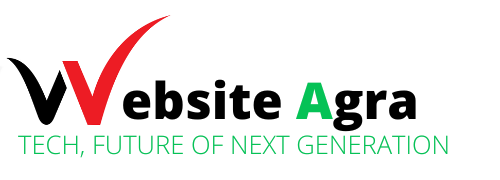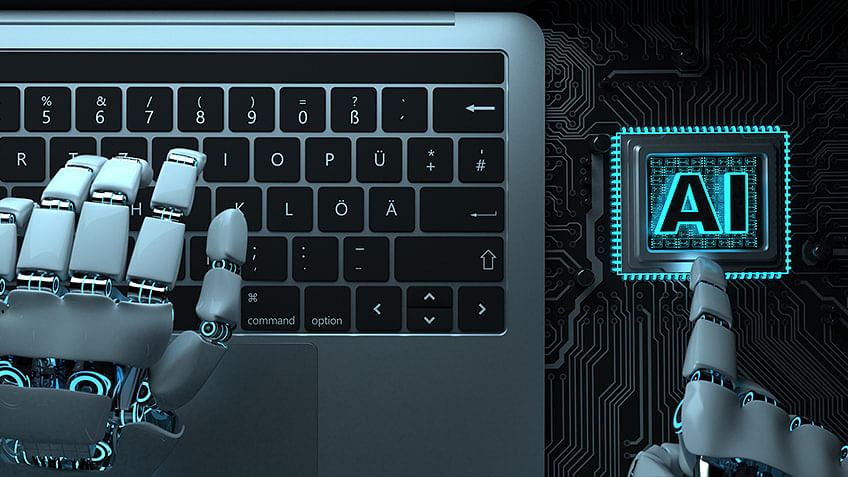How Does Home Care Software Work?

Software has been around since the dawn of computing, with the first program being written in 1951. Over time, software has evolved from simple programs to complex and powerful applications that handle everything from business operations to home entertainment. Software is now a vital part of modern life and its development continues at an ever-increasing rate.
The advancement of technology over the last few decades has led to increased demand for sophisticated software solutions that can meet a variety of needs.
As such, developers have become increasingly adept at designing customized solutions for industries ranging from finance to healthcare – with each solution tailored specifically towards their particular industry’s needs and requirements.
This refinement process means that businesses can get exactly what they need without having to worry about unnecessary features or complexity getting in the way.
As well as meeting specific industry demands, software also provides users with easier access than ever before when it comes to managing their day-to-day tasks; this includes everything from tracking customer orders through inventory management systems or automating certain processes within an organization using workflow automation toolsets. In addition, cloud computing has made it easier to access software solutions from anywhere in the world, allowing users to stay connected and keep their data secure.
The increasing sophistication of software means that more specialized solutions are available than ever before, with one such example being home care software. Home care software provides practitioners and administrators with a range of tools that allow them to effectively manage day-to-day operations within a home care setting. Let’s explore that throughout this article.
How Does Software in General Work?
Unless you’re a computer science major, you likely don’t know much about how software works. In order to understand home care software, it’s important to first have a basic understanding of what exactly is meant by “software” and how it functions. At the most basic level, software refers to computer programs that allow users to perform certain tasks on their devices or machines.
Software can be broken down into two main categories – system and application software; a system is concerned with the internal operations of a device or machine while an application is designed around specific tasks carried out by users.
As technology advances, more complex types of applications are developed in order for them to meet user demands and needs better than ever before; this includes everything from web browsers used for surfing the internet to productivity suites like Microsoft Office 365 which allow users to create documents, spreadsheets, etc from any device connected online.
The following are different types of popularly used applications today:
- Business/Enterprise Software
- Provide solutions such as enterprise resource planning (ERP), customer relationship management (CRM) systems, etc which help businesses manage their operations more efficiently.
- Multimedia Software
- Used for creating and editing images, audio/video, etc. Examples of this type of software include Adobe Photoshop, Apple Final Cut Pro, etc.
- Internet-based Applications
- Any application that is accessed through a web browser over the internet. Sites such as Twitter, YouTube, and Facebook all use web-based applications to facilitate their respective services online.
- Utility Software
- Small programs that are designed to help users manage their machines more easily; examples include antivirus software which helps protect computers from malicious threats or cleaning suites like CCleaner which can delete unused files/data in order to free up space on a device’s hard drive.
Software works by taking inputs from either a user or another system (i)e., data input) and then processing them according to instructions set out within its programming code (ie., algorithms).
This process involves the computer having access to certain resources such as memory storage or CPU power in order to carry out its tasks accordingly – the outcome being an output displayed back onto either the screen itself or some other form of output medium depending on what type it is e.g., a document file or audio/video file.
There are many different programming languages that a piece of software can be created with. For example:
- Rust:
- Rust is a newer language that many people seem to enjoy because it’s just as easy to use as it is powerful.
- C++:
- C++ is a popular language for developing large, complex software applications due to its flexibility and scalability. -JavaScript: JavaScript is an interpreted scripting language that can be used to create dynamic webpages or server-side applications.
- Python:
- Python is a high-level programming language that has become very popular in recent years due to its ease of use and ability to scale with different projects.
- Go:
- Go is a language created by Google that was designed to make development faster and more efficient.
- Swift:
- Swift is the language used for creating apps for Apple’s iOS devices.
Regardless of which language a piece of software is written in, it must ultimately be compiled into a format that is readable by computers. This compilation process involves taking the code which has been written and then turning it into a machine-readable form – usually in binary language. After this process, the software can be deployed onto any computer or device where it can run accordingly.

How Does Home Care Software Work?
Now that we have a basic understanding of how software works in general, let’s take a look at how home care software specifically functions and the features it provides to caregivers. Home care is an increasingly popular and in-demand profession that involves providing a range of services to elderly or disabled individuals who may be unable to complete everyday tasks for themselves.
Software for homecare is designed to provide practitioners with the tools they need in order to manage day-to-day operations within their setting more effectively. This includes features such as:
- Scheduling
- Allowing caregivers easily schedule visits, appointments, and other activities within an easy-to-use calendar system
- Patient Records
- Keeping track of patient information such as medical history, medications, etc;
- Care Plans
- Creating individualized plans for each patient’s needs;
- Invoicing/Billing
- Billing clients electronically without having to manually enter data into spreadsheets or paper forms
- Reporting/Analytics
- Viewing trends over time in order to analyze performance and make informed decisions about future strategies.
Home care software also allows practitioners to access important documents from any device connected online so long as it has the necessary apps installed – this can include everything from contracts through resumes all stored securely on one platform which can then be accessed from anywhere in the world.
Caregivers love using home care software as it helps them to save time and resources by streamlining daily operations within their setting; this includes everything from automating certain tasks such as invoicing through monitoring patient progress more accurately which can help improve overall care quality. Some of the other reasons why caregivers may choose to utilize home care software include:
- Increased Efficiency
- Reducing manual data entry and paperwork, freeing up staff for more important duties
- Cost Savings
- Removing costs associated with paper forms or spreadsheets, minimizing administrative errors, etc
- Improved Communication
- Allowing caregivers to communicate easily between each other without having to use multiple methods (phone calls, text messages, etc)
- Enhanced Security
- Ensuring that sensitive patient data is kept secure online using encryption technologies like SSL/TLS protocols.
Homecare providers who decide to invest in a piece of modern homecare software will be glad they did so when they start seeing all the benefits it brings along with its efficient workflow processes- ultimately leading towards better outcomes for both patients and practitioners alike!
Software can really be a game-changer for all types of businesses, and home care software is no exception. With the right piece of software in place, caregivers can feel empowered to provide better quality care while also saving resources and time – making it an invaluable asset to any practice looking to stay ahead of the curve.
Finding the right piece of software for the job can be daunting; however, there are many providers out there that offer a range of solutions for home care settings. Doing research on the features available and reading user reviews can help narrow down choices to find the best fit for one’s particular needs.
Getting Ready for the Future
Homecare software has revolutionized how practitioners manage their day-to-day operations, offering an array of tools designed specifically towards managing tasks within a home care setting more efficiently and accurately than ever before.
Caregivers the world over appreciate the ability to streamline their workflows, reduce manual data entry and paperwork and improve communication between team members using a piece of homecare software.
Finding the right solution for one’s particular setting can be difficult, but with a bit of research into available features and user reviews it is possible to find the perfect fit; once set up correctly practitioners will soon start to reap all the benefits that come along with having such an invaluable asset in their corner.
Whether you go with the most advanced piece of software around or a more basic solution, homecare software is a powerful tool that can make life easier for practitioners and improve care quality for patients.





